Embarking on the enchanting world of amigurumi, the question of “What Size Yarn for Amigurumi?” unveils a crucial aspect of this whimsical craft. Amigurumi, originating from Japan, involves crafting endearing stuffed toys through crocheting or knitting.
The choice of yarn size intricately shapes these charming creations’ character, size, and texture. As a beginner or seasoned enthusiast, navigating the nuances of hook size, gauge, yarn weight, and fiber becomes paramount.
Join this exploration to unravel the secrets behind selecting the perfect yarn and embark on a creative journey where every stitch breathes life into your unique amigurumi wonders.
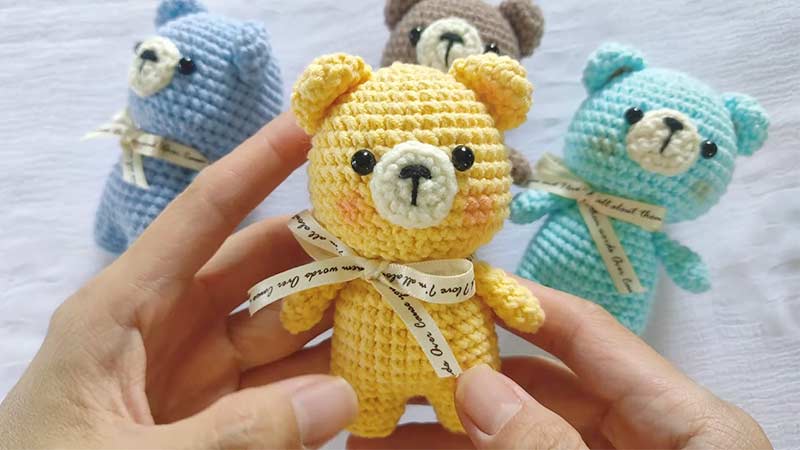
What Is Amigurumi Yarn?
Amigurumi yarn refers to the type of yarn chosen for creating crocheted or knitted stuffed toys in the amigurumi style. The ideal amigurumi yarn is typically smooth, pliable, and available in various vibrant colors.
Commonly, crafters opt for acrylic yarns due to their affordability, varied color options, and ease of care. The selected yarn should allow tight stitches, ensuring the stuffing remains secure and the finished amigurumi maintains its intended shape.
The choice of amigurumi yarn plays a crucial role in achieving the final creation’s desired texture, appearance, and overall aesthetic.
What Size Yarn for Amigurumi?
The choice of yarn size for amigurumi depends on various factors, including the size of your project, the level of detail you want to achieve, and personal preferences.
Here’s a breakdown to help guide your decision:
Thin Yarn (Lace or Fingering Weight)
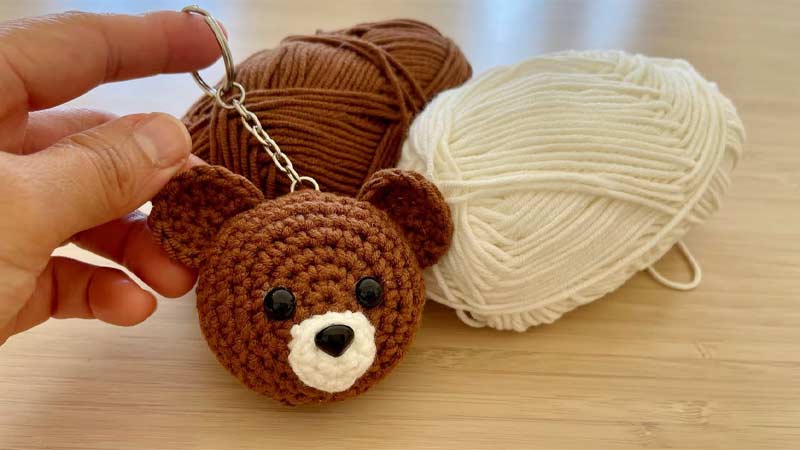
When working with thin yarns, such as lace or fingering weight, it’s recommended to use a smaller hook, usually around 2 mm or smaller.
This yarn size is perfect for creating small and intricate amigurumi projects, allowing for delicate details like tiny facial features or intricate accessories.
The resulting tight stitches contribute to a polished appearance, making it suitable for projects with miniaturized designs.
Medium Yarn (Sport or DK Weight)
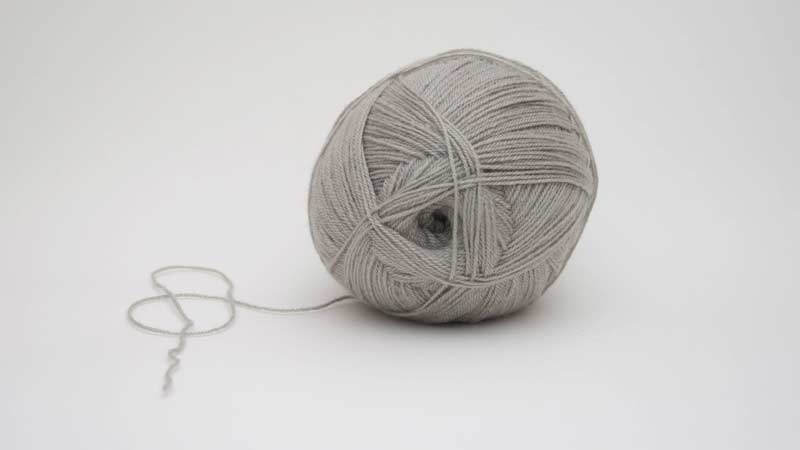
Medium yarns like sport or DK weight are preferred for standard-sized amigurumi projects that strike a balance between detail and size. A 3 mm to 4 mm hook complements this yarn weight well.
This choice provides versatility, making it suitable for a broad spectrum of amigurumi creations. The stitches maintain structure while allowing for sufficient detail, making it ideal for character designs and decorative items.
Thick Yarn (Worsted or Bulky Weight)
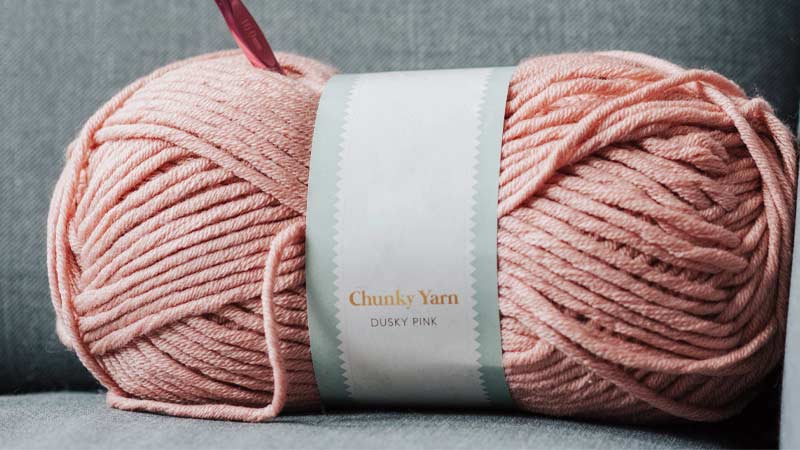
Opting for thicker yarns like worsted or bulky weight and a larger hook (around 5 mm to 6 mm) is suitable for large and cuddly amigurumi. These yarns create a plush texture, perfect for larger stuffed toys.
While sacrificing some intricate detailing, the thicker yarn adds a comforting and substantial feel to the amigurumi, making it particularly suitable for larger projects.
Mixing Yarn Sizes
Experimenting with different yarn sizes within a single amigurumi project can create unique and visually interesting creations.
Combining thin yarn for detailed features, medium yarn for the main body, and thick yarn for specific elements like hair or accessories adds texture and dimension.
This approach allows for a customized and distinctive outcome, leveraging the strengths of each yarn weight.
Why Does Yarn Size Matter in Amigurumi?
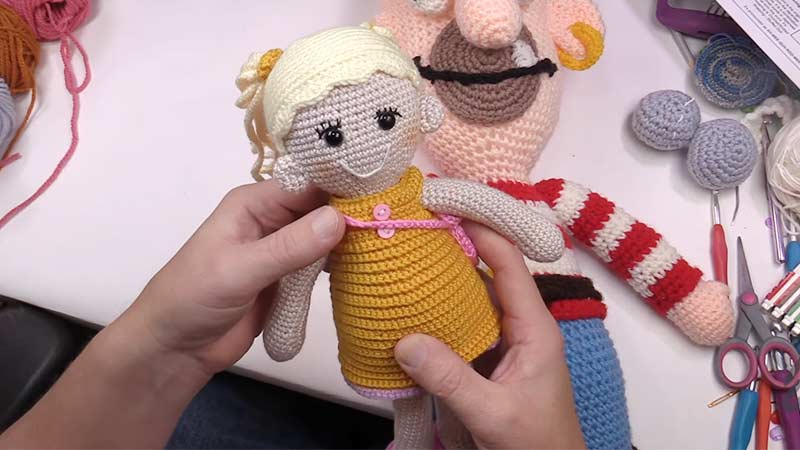
The choice of yarn size in amigurumi is a critical factor that significantly influences the outcome of your project. Here’s why yarn size matters in amigurumi:
Size and Proportion
The thickness of the yarn directly affects the size and proportions of your amigurumi. Using a thinner yarn will result in smaller and more intricate creations, while thicker yarns will produce larger and bulkier designs.
Stitch Definition
Different yarn sizes impact the clarity of stitches. Thinner yarns allow more precise detailing and defined stitches, perfect for intricate features like facial expressions or accessories.
On the other hand, thicker yarns may obscure stitch definition but create a more plush appearance.
Texture and Feel
The thickness and composition of the yarn contribute to the overall texture and feel of your amigurumi. Thicker yarns create a more substantial and huggable texture, while thinner yarns may result in a delicate and intricate feel.
Ease of Working
Yarn size influences the ease of working with the material. Thicker yarns may be quicker to work up, but it can be challenging to achieve fine details. Thinner yarns require more patience but offer greater precision in creating small, intricate elements.
Structural Integrity
The size of your stitches, influenced by yarn thickness, affects the structural integrity of your amigurumi. Using a smaller hook than recommended for the yarn helps create tight stitches, preventing stuffing from showing through and ensuring a durable finished product.
Yarn Weight Classification
Yarn weight categories, such as lace, fingering, sport, DK, worsted, bulky, and super bulky, provide a standardized way to communicate the thickness of the yarn.
Choosing the right weight ensures compatibility with your amigurumi pattern and helps you achieve the desired size.
What Are the Key Considerations When Selecting Yarn Size for Amigurumi?
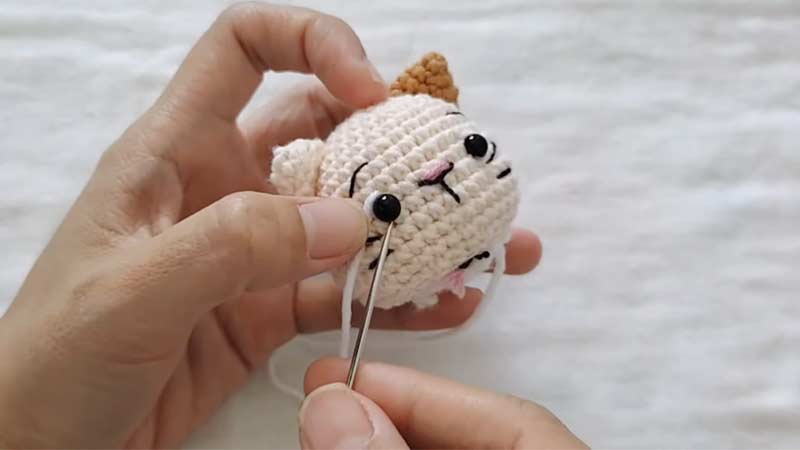
Selecting the right yarn size for amigurumi involves considering various factors to ensure your final project meets your design goals and preferences. Here are the key considerations:
Project Size
Consider the overall size of your amigurumi project. Smaller projects with intricate details may benefit from thinner yarn, while larger projects might require bulkier yarn for a more substantial feel.
Detail Level
Assess the level of detail you want to achieve in your amigurumi. If your project involves intricate features like tiny facial expressions or accessories, opting for finer yarn can help capture these details more precisely.
Intended Use
Think about the purpose of your amigurumi. If it’s meant to be a soft and cuddly toy, thicker yarn may provide a plusher feel. For decorative or display purposes, thinner yarn might be suitable for intricate designs.
Hook Size
The recommended hook size for your chosen yarn is crucial. Using a slightly smaller hook than suggested can create tighter stitches, preventing stuffing from showing through and giving your amigurumi a neater appearance.
Gauge
Always check your gauge before starting your amigurumi project. Adjust your hook size to achieve the correct gauge, ensuring that your amigurumi will be in the right size and shape.
Yarn Weight
Yarn weight categorizations, such as lace, fingering, sport, DK, worsted, bulky, and super bulky, determine the thickness of the yarn.
Each weight offers different possibilities for amigurumi, with thinner yarns allowing for more intricate details and thicker yarns creating larger, more cuddly toys.
Fiber Content
Consider the material the yarn is made of (cotton, wool, acrylic, etc.). The fiber content influences your amigurumi’s texture, softness, and durability. Some fibers may be more suitable depending on your preferences and the intended use of the finished piece.
Mixing Yarn Sizes
Experimenting with different yarn sizes within a single project can add visual interest. For example, using thin yarn for facial features and accessories, medium yarn for the body, and thick yarn for hair or other components can create a dynamic and textured result.
FAQs
What is amigurumi?
Amigurumi is a Japanese craft involving the creation of small stuffed toys through crochet or knitting.
Can I mix different yarn sizes in one amigurumi project?
Yes, mixing yarn sizes allows for creative effects. Thin yarns for details, medium yarns for the body, and thick yarns for special features can add contrast and interest.
What type of yarn is used for amigurumi?
Amigurumi is typically crafted with smooth, pliable yarn such as acrylic. The chosen yarn should allow tight stitches to ensure proper shaping and detailing in the final creation.
How does hook size impact amigurumi?
Hook size determines stitch tightness, influencing amigurumi’s overall structure and appearance. A smaller hook often creates tight stitches that hold stuffing well.
To Recap
Mastering the art of amigurumi hinges on the thoughtful selection of yarn sizes, a dynamic process influenced by hook size, gauge, and fiber content.
The journey through lace, fingering, sport, and bulky yarns unveils a spectrum of possibilities, allowing creators to breathe life into their adorable characters.
Whether weaving intricate facial features with fine yarn or crafting cuddly companions with thicker strands, the choices made in the yarn selection profoundly impact the final result.
As we conclude this exploration, remember that creativity knows no bounds in the realm of amigurumi. Embrace the joy of experimentation, revel in the diversity of yarn options, and let your imagination run wild as you bring your delightful amigurumi visions to fruition.
Leave a Reply